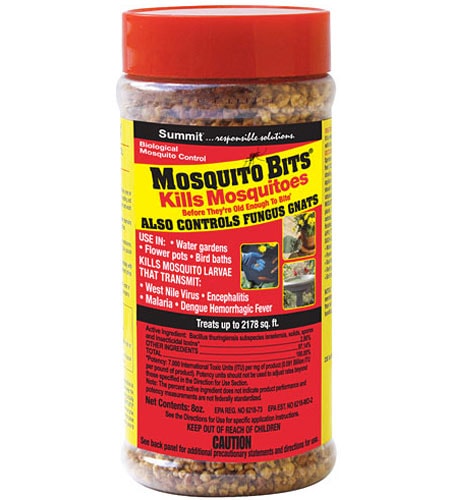just reminded me...a way some ppl deal w fungus gnats is to let the soil dry out and they wont want to be in there
for mosquito bits, top dress. they work well for me
I've battled them for a decade before I finally caved and just monitored my watering better.
Chopstick, in the soil, check before watering. End of all gnat issues. It was as simple as that. If the chopstick is damp, no watering. If it's dry, water.
I give advice to some indoor gardeners and I'm a decade long member at some gardening forums.. Please don't see this as critique or an attack, it's a general observation about gardeners: People just don't want to understand that you can get rid of the entire fungus gnat issue by - you wouldn't believe it - actually taking good care of your plants. You can soothe a burn with aloe salve, and order buckets of it delivered to your doorstep, but it's way easier not to stick your hands in a fire in the first place.
We can't get mosquito bits around here, but we can get horse manure dewormer with the same ingredients (yes, deworming the manure, not the horse). And that stuff kills gnats dead. But gnats or no gnats,
if they have been there, there was a watering issue that needs to be addressed. I can't count the amount of times people blamed the gnats for eating away their precious overwatered and already dead houseplants. That's like blaming raccoons for dumpster diving in an open dumpster.. The best way to keep raccoons away is to not open up a buffet for them. I think gnats work in a similar fashion.
@Deep Sea Diver sorry for tagging you so often today. Plants do have peroxidases and catalases, and from what I've seen a 3% solution does very little harm. If the foliage is damaged, the H2O2 will chomp down on it and cause it to turn brown around the edges, but not a lot more than regular damage related abscission would over time. As far as roots concerned, there's so much alive in a soil that the 3% is down to about 0.003% in a couple minutes. If you have a good nose, you can actually smell acetic acid evaporating from who knows what kind of reaction. In microbial identification, a peroxidase/catalase test is a standard operation for classification. It's not as cool looking as a coagulase test, but it is a funny fizzy test to perform. Works on humans too! Drop some 3% H2O2 on a scab or a fresh wound and it'll fizz up (and be disinfected).

